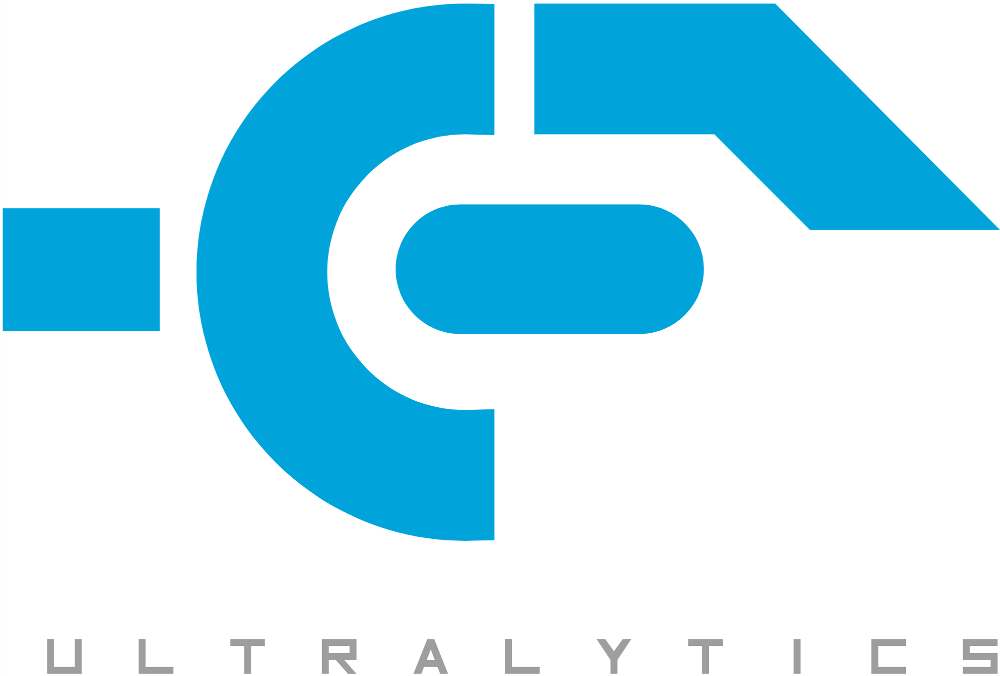|
|
||
|---|---|---|
| cfg | ||
| data | ||
| utils | ||
| weights | ||
| .gitignore | ||
| LICENSE | ||
| README.md | ||
| detect.py | ||
| models.py | ||
| requirements.txt | ||
| test.py | ||
| train.py | ||
README.md

Introduction
This directory contains software developed by Ultralytics LLC, and is freely available for redistribution under the GPL-3.0 license. For more information on Ultralytics projects please visit: https://www.ultralytics.com.
Description
The https://github.com/ultralytics/yolov3 repo contains inference and training code for YOLOv3 in PyTorch. Training is done on the COCO dataset by default: https://cocodataset.org/#home. Credit to Joseph Redmon for YOLO (https://pjreddie.com/darknet/yolo/) and to Erik Lindernoren for the PyTorch implementation this work is based on (https://github.com/eriklindernoren/PyTorch-YOLOv3).
Requirements
Python 3.7 or later with the following pip3 install -U -r requirements.txt packages:
numpytorchopencv-python
Training
Start Training: Run train.py to begin training after downloading COCO data with data/get_coco_dataset.sh. Training runs about 1 hour per COCO epoch on a 1080 Ti.
Resume Training: Run train.py --resume to resume training from the most recently saved checkpoint weights/latest.pt.
Each epoch trains on 120,000 images from the train and validate COCO sets, and tests on 5000 images from the COCO validate set. Default training settings produce loss plots below, with training speed of 0.6 s/batch on a 1080 Ti (15 epochs/day) or 0.45 s/batch on a 2080 Ti.

Image Augmentation
datasets.py applies random OpenCV-powered (https://opencv.org/) augmentation to the input images in accordance with the following specifications. Augmentation is applied only during training, not during inference. Bounding boxes are automatically tracked and updated with the images. 416 x 416 examples pictured below.
| Augmentation | Description |
|---|---|
| Translation | +/- 20% (vertical and horizontal) |
| Rotation | +/- 5 degrees |
| Shear | +/- 3 degrees (vertical and horizontal) |
| Scale | +/- 20% |
| Reflection | 50% probability (horizontal-only) |
| HSV Saturation | +/- 50% |
| HSV Intensity | +/- 50% |
Inference
Run detect.py to apply trained weights to an image and visualize results, such as zidane.jpg from the data/samples folder, shown here.
YOLOv3: detect.py --cfg cfg/yolov3.cfg --weights weights/yolov3.pt

YOLOv3-tiny: detect.py --cfg cfg/yolov3-tiny.cfg --weights weights/yolov3-tiny.pt

Pretrained Weights
Download official YOLOv3 weights:
Darknet format:
- https://pjreddie.com/media/files/yolov3.weights
- https://pjreddie.com/media/files/yolov3-tiny.weights
PyTorch format:
Validation mAP
Run test.py to validate the official YOLOv3 weights weights/yolov3.weights against the 5000 validation images. You should obtain a .584 mAP at --img-size 416, or .586 at --img-size 608 using this repo, compared to .579 at 608 x 608 reported in darknet (https://arxiv.org/abs/1804.02767).
Run test.py --weights weights/latest.pt to validate against the latest training results. Default training settings produce a 0.522 mAP at epoch 62. Hyperparameter settings and loss equation changes affect these results significantly, and additional trade studies may be needed to further improve this.
Contact
For questions or comments please contact Glenn Jocher at glenn.jocher@ultralytics.com or visit us at https://contact.ultralytics.com.
